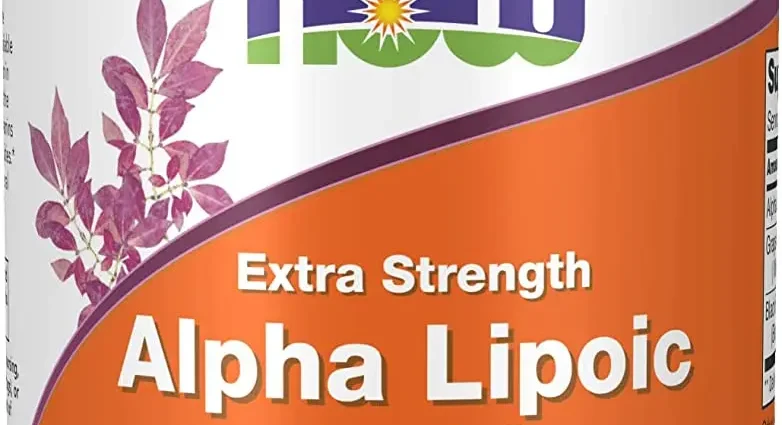Contents
Alpha-lipoic acid, or thioctic acid, is an excellent antioxidant that can also fight age-related manifestations such as wrinkles and loss of elasticity. Let’s take a closer look at this worthy cosmetic ingredient.
Properties of alpha lipoic acid
Alpha-lipoic acid is synthesized by all living things on earth. Still would! After all, this substance, along with enzymes, is a participant in the most important chemical reactions and transformations in the body. First of all, alpha lipoic acid is an antioxidant that neutralizes free radicals. It is also easily incorporated into cosmetic formulas while maintaining its stability. And he helps his “colleagues” in the beauty shop, prolonging their action.
Alpha Lipoic Acid performs many functions
Alpha lipoic acid has a number of benefits.
It is able to dissolve both in fat and in water. This property distinguishes it from two other well-deserved antioxidants – vitamins E (fat-soluble) and vitamin C (water-soluble).
Easily penetrates through the lipid mantle. The molecules of this acid are small, so they freely reach their destination and immediately begin to act.
Prolongs the action of vitamins E and C. And here alpha-lipoic acid works as an antioxidant, protecting vitamins from free radicals. Therefore, these substances are often combined in one cosmetic formula.
It has an anti-inflammatory and regenerating effect. Alpha Lipoic Acid is well tolerated and does not irritate sensitive skin. It is used in the treatment of rashes of various origins and to combat post-inflammatory pigmentation.
What effect does it have on the skin
With age, the production of alpha-lipoic acid in the human body slows down, which, alas, does not affect the skin condition in the best way. The reason why this compound is so essential for the skin to maintain its youthfulness is not only due to the antioxidant properties of alpha lipoic acid.
Research has shown that alpha lipoic acid fights one of the most important factors in skin aging – the process of glycation. Glycation is the deposition of sugar on elastin and collagen fibers, which as a result stick together and lose elasticity. Hence the wrinkles and flabbiness of the skin.
In terms of skin effects, alpha lipoic acid does three things.
Protects. Finds and destroys free radicals, protecting cells from damage.
Rejuvenates. Limits the accumulation of sugar and damage to the fibers of the collagen framework. What’s more, alpha lipoic acid not only prevents glycation, but works on already damaged collagen.
Smoothes. Alpha-lipoic acid can literally transform the skin – reduce wrinkles, pigmentation, inflammation.
Application in cosmetics
Alpha-lipoic acid is often used in hand made cosmetics.
Alpha lipoic acid is a popular favorite. Fans of hand made cosmetics on their own, at their own peril and risk, use it to make masks for various purposes: against acne, inflammation, wrinkles and age spots. But is it worth experimenting for the sake of an unpredictable result, if there are factory-made products with this ingredient that have proven their effectiveness:
anti-aging serums and creams;
remedies for wrinkles around the eyes;
acne treatment formulas;
sunscreens;
regenerating after-sun lotions.
The anti-aging abilities of alpha-lipoic acid are used in the products of the line Neovadiol, Vichy.
© Vichy
Neovadiol Magistral Nourishing Balm
Increases skin density during menopause. Contains an oil complex including rice bran oil, which is extremely rich in alpha lipoic acid.
© Vichy
Serum Neovadiol Magistral Elixir
The composition contains a concentrate of restorative oils containing polyunsaturated Omega 3-6-9 fatty acids. They make up for the lack of lipids needed by the skin during menopause.
Restrictions in use
The only limitation is individual intolerance.










